
CAG ONE NHL Profiler Tool
Precision Skate Blade Profiling for Peak Performance
Unlock your full potential on the ice with the CAG ONE NHL Profiler — a fully automated, computerized profiling system trusted by pros like Sidney Crosby (30/60 Cag Profile). This tool fine-tunes blade pitch and radius to match each skater’s unique style, maximizing speed, power, and control while reducing injury risks.
Why it Matters:
Perfectly balanced blade pitch = powerful, efficient strides
Customized radius = smoother glides, sharper turns, and better stability
Ideal for hockey players and figure skaters alike
Key Features:
100% automated profiling system
Easy-to-use digital control panel
Pro-grade single-point diamond dresser
Profile lamp for clear visual feedback
What’s Included:
4 grinding wheels & 4 honing stones
2 single-point diamonds
1 Profil lamp, 1 Profil chart
1 Servocommander auto-vac
Power cable
Get pro-level performance and total customization — all in one sleek, mobile-ready setup.

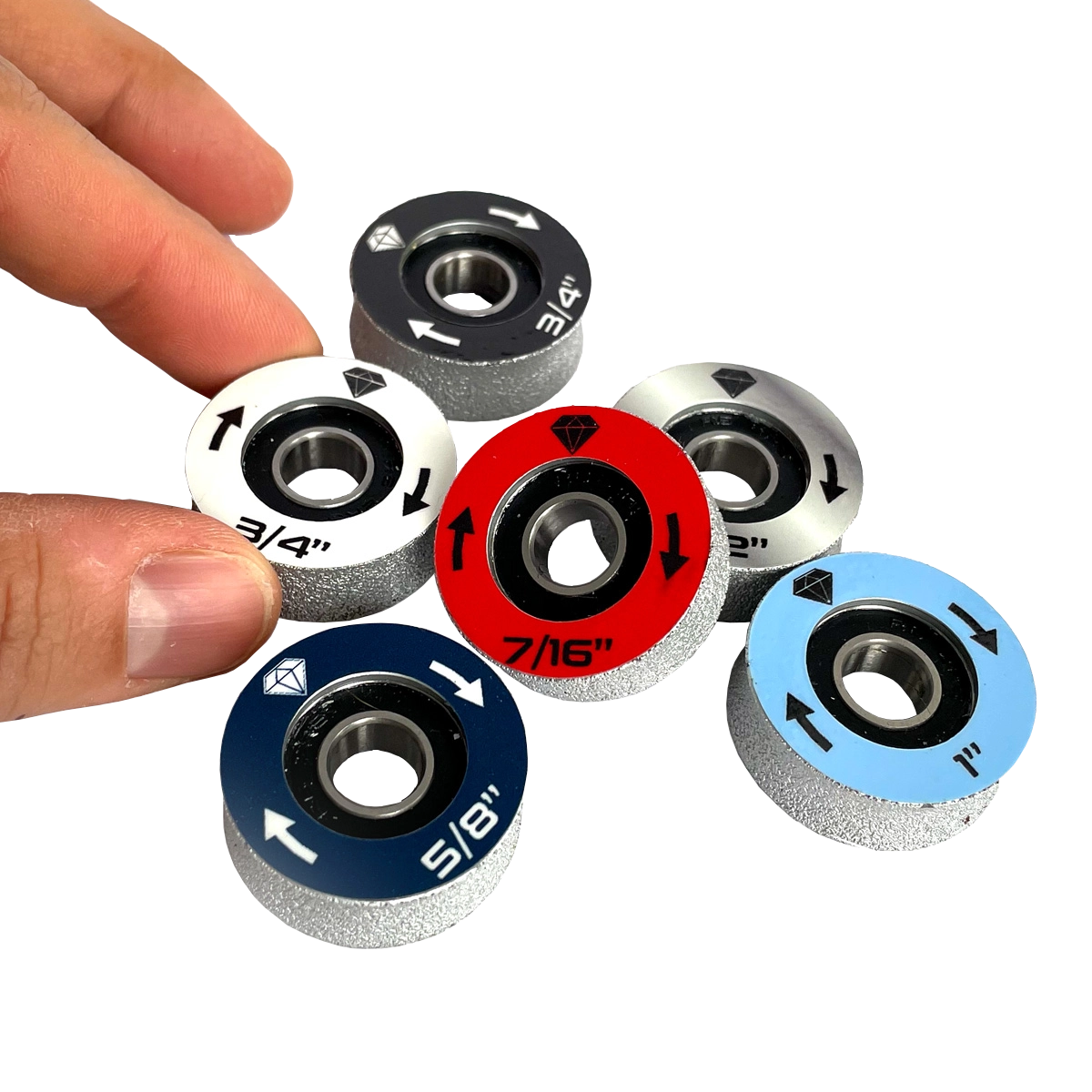
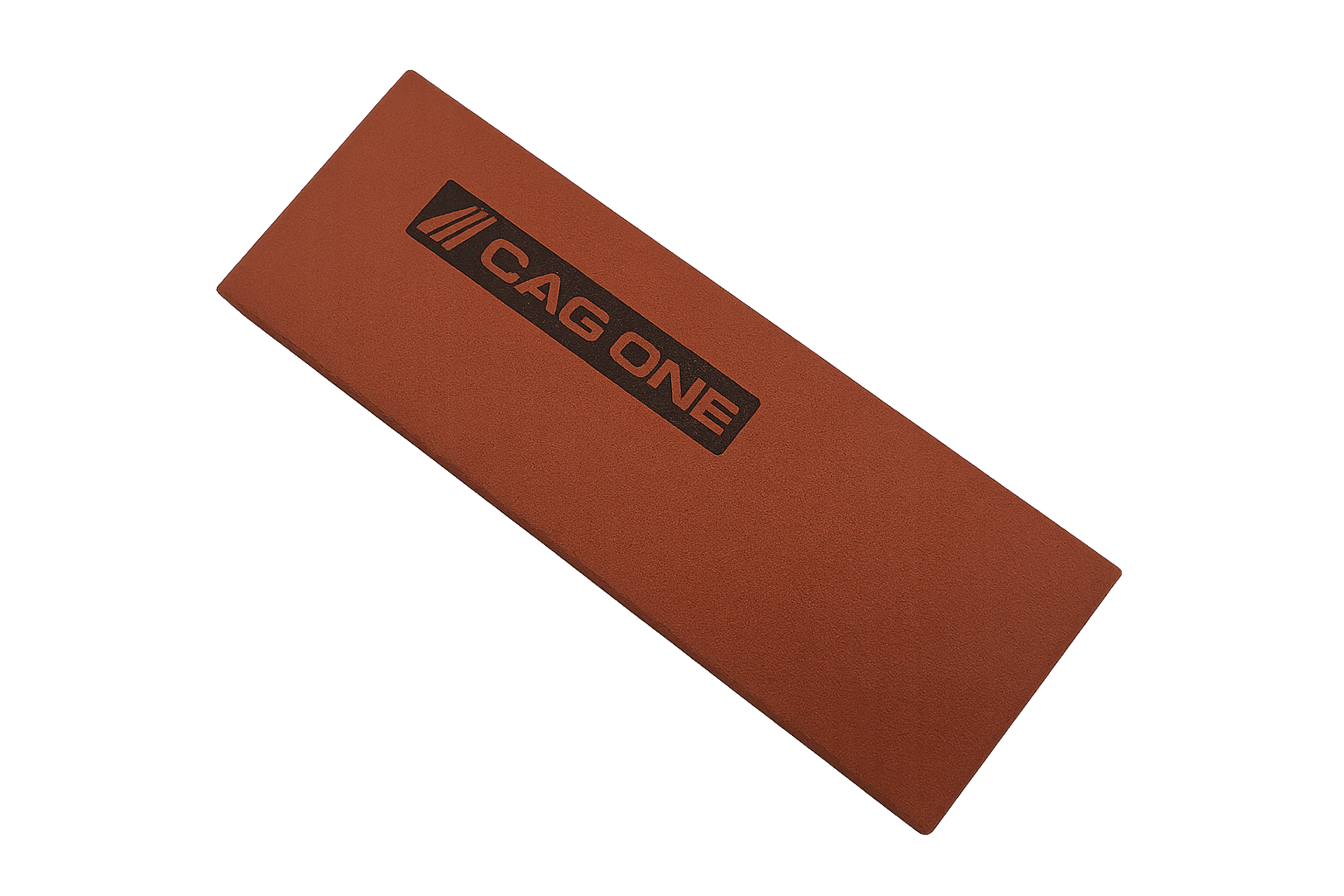
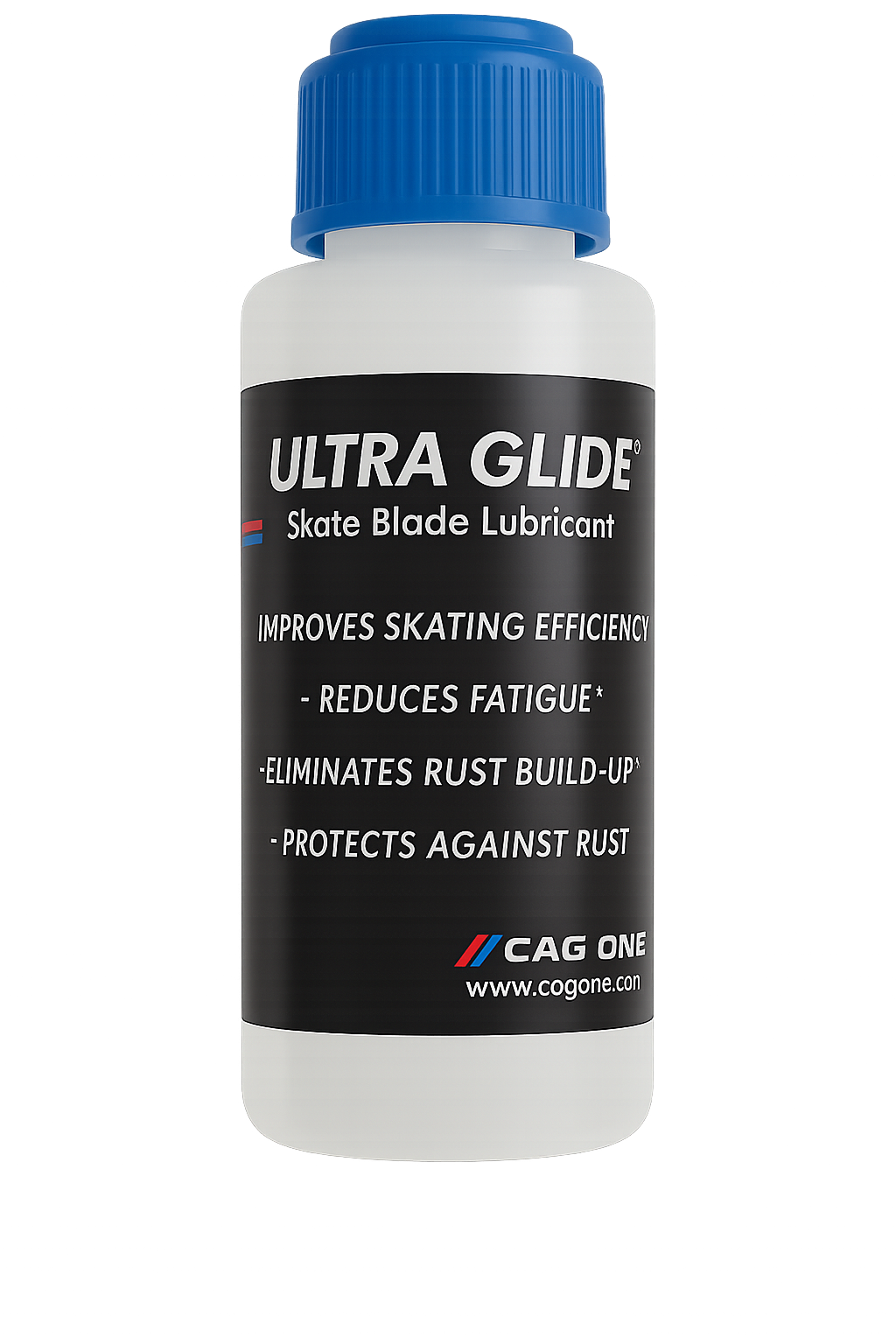
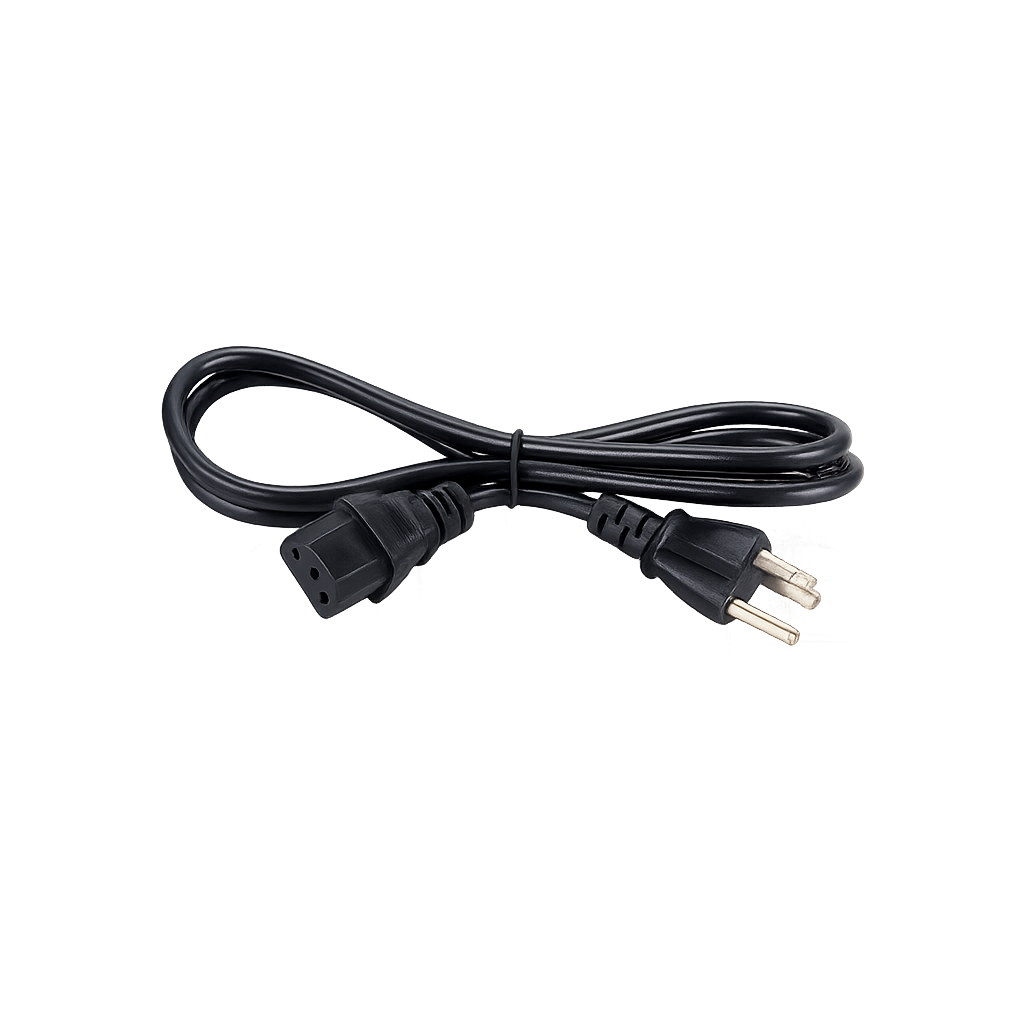
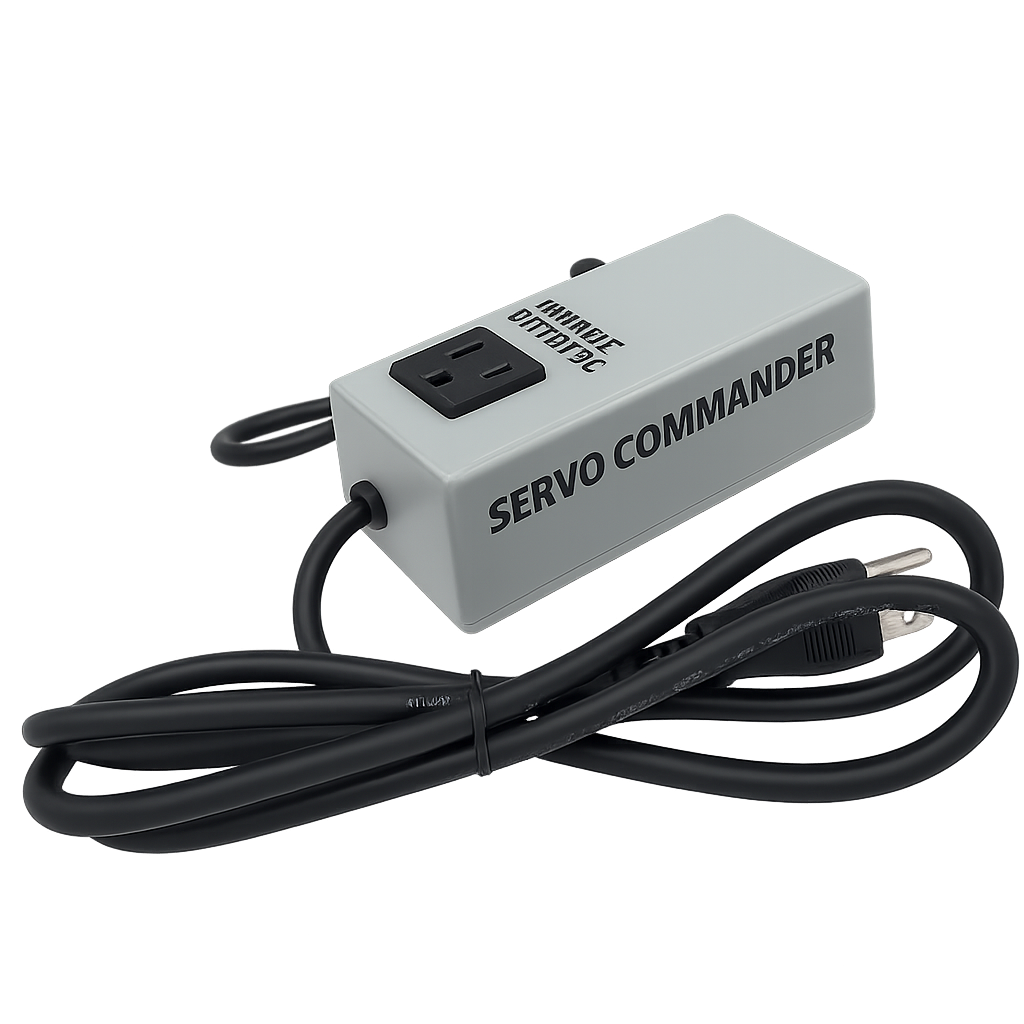

At Cagone, we build skate sharpening machines that last. Crafted with precision and top-tier materials, our machines deliver perfect edges every time. We back it up with a 3-year full warranty.
Invest in excellence – trust Cagone for your sharpening needs.

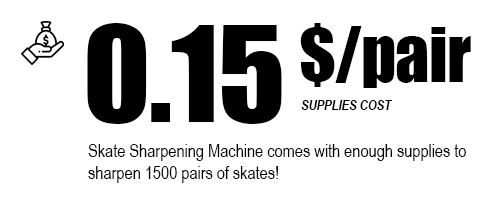



Copyright CAG ONE © 2025 All Rights Reserved.